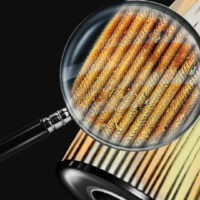Adding Grease to Blocked Lube Lines
Adding grease to a blocked lube line can create serious contamination and safety risks. In this video, Noria’s David Dise explains why you should never force grease into a blocked line as well as the many dangers that can impact a plant’s equipment and lubrication technicians. Take the next step. Learn the best practices of […]













